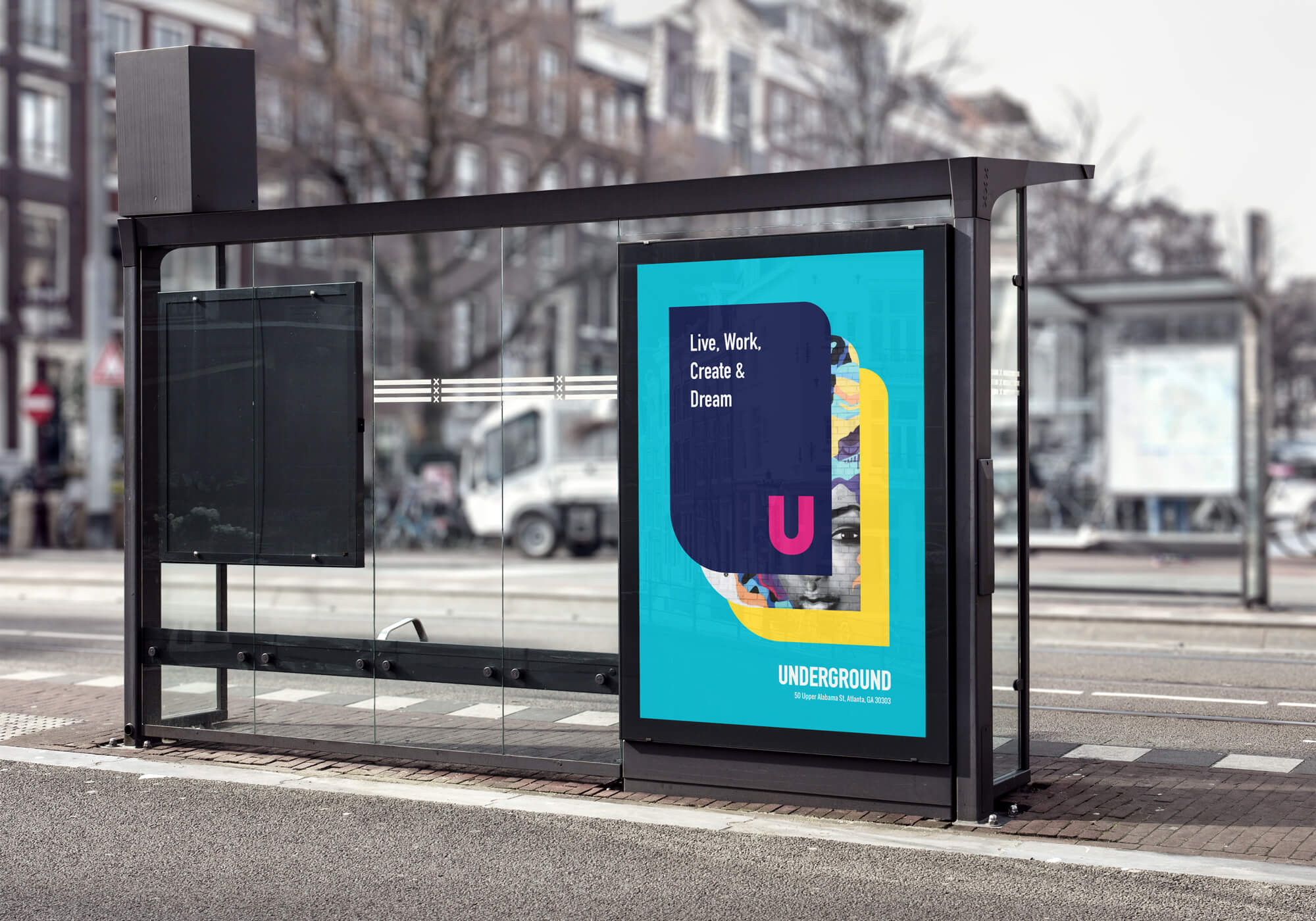January 16, 2024
Graphic Design For Advertisements: What Not To Do
- Visual Soldiers
- Design
- minute read

Graphic design plays a pivotal role in creating impactful advertisements. However, as crucial as it is to know what to do, it’s equally important to understand what not to do. This article delves into the common pitfalls in graphic design for advertisements and how to avoid them.
Overcomplicating the Design
One of the fundamental mistakes in advertisement design is over-complication. A cluttered design can overwhelm the viewer, leading to a loss of the intended message. To avoid this, focus on simplicity and clarity. Use clean lines and ample white space, and limit the number of fonts to two or three. Remember, less is often more ineffective advertisement design.
Ignoring the Brand Identity
Every brand has a unique identity, and your advertisement should reflect this. Ignoring the brand’s color scheme, typography, and overall aesthetic can lead to a disjointed marketing strategy. Ensure that every advertisement aligns with the brand’s identity to build a consistent and recognizable brand image.
Neglecting the Target Audience When Doing Graphic Design for Advertisements
Understanding your target audience is crucial in graphic design. Designs that fail to resonate with the intended audience can render the advertisement ineffective. Research your audience’s preferences, cultural nuances, and age group to create designs that speak directly to them.
Poor Choice of Colors
Colors evoke emotions and can significantly impact the effectiveness of an advertisement. Using inappropriate color combinations or overly bright and harsh colors can be off-putting. Choose colors that align with the brand identity and the emotion you wish to evoke. Utilize color psychology to enhance the advertisement’s appeal.
Inconsistent Messaging
The message of your advertisement should be clear and consistent. Confusing or contradictory messages can lead to mistrust and disinterest. Ensure that the visual elements and text of your advertisement work together to convey a single, clear message.
Low-Quality Images on Graphic Design for Advertisements
The quality of images and graphics in your advertisement reflects on your brand. Using low-resolution or irrelevant images can make your advertisement look unprofessional. Invest in high-quality, relevant imagery that enhances your message and brand image.
Forgetting Call-to-Action (CTA)
A compelling CTA is essential in advertisement design. An advertisement without a clear CTA misses the opportunity to guide the audience towards the desired action. Make your CTA prominent and clear, using action-oriented language that encourages immediate response.
Ignoring Mobile Optimization
In today’s mobile-first world, failing to optimize advertisements for mobile devices is a significant oversight. Ensure that your designs are responsive and look great on various screen sizes. This approach not only improves user experience but also increases the reach of your advertisement.
Using Clichéd or Generic Imagery
Avoid using clichéd or overused imagery in your advertisements. Such imagery can make your advertisement look generic and uninspiring. Strive for originality and creativity to make your advertisement stand out.
Disregarding Typography
Typography is a powerful tool in conveying your message. Poor font choices or hard-to-read text can ruin an otherwise great advertisement. Choose fonts that are legible and complement the overall design. Pay attention to font size, spacing, and hierarchy to guide the viewer’s attention effectively.
Conclusion
Avoiding these common pitfalls in graphic design for advertisements can significantly enhance the effectiveness of your marketing efforts. Remember, the goal is to create visually appealing, coherent, and impactful advertisements that resonate with your target audience and reinforce your brand identity.









